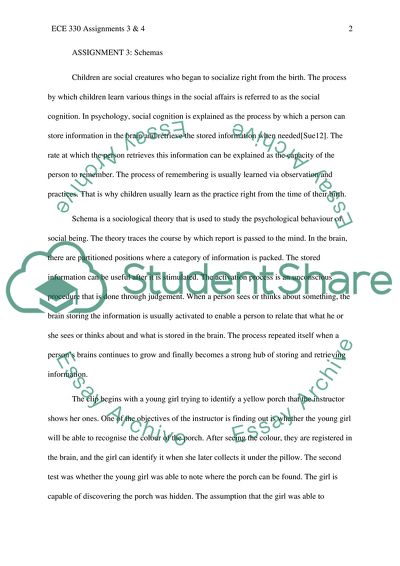Cite this document
(Children Representation of Their Experiences and Learning Assignment Example | Topics and Well Written Essays - 1250 words, n.d.)
Children Representation of Their Experiences and Learning Assignment Example | Topics and Well Written Essays - 1250 words. https://studentshare.org/education/1844507-ece-330-assignments-3-4
Children Representation of Their Experiences and Learning Assignment Example | Topics and Well Written Essays - 1250 words. https://studentshare.org/education/1844507-ece-330-assignments-3-4
(Children Representation of Their Experiences and Learning Assignment Example | Topics and Well Written Essays - 1250 Words)
Children Representation of Their Experiences and Learning Assignment Example | Topics and Well Written Essays - 1250 Words. https://studentshare.org/education/1844507-ece-330-assignments-3-4.
Children Representation of Their Experiences and Learning Assignment Example | Topics and Well Written Essays - 1250 Words. https://studentshare.org/education/1844507-ece-330-assignments-3-4.
“Children Representation of Their Experiences and Learning Assignment Example | Topics and Well Written Essays - 1250 Words”. https://studentshare.org/education/1844507-ece-330-assignments-3-4.


